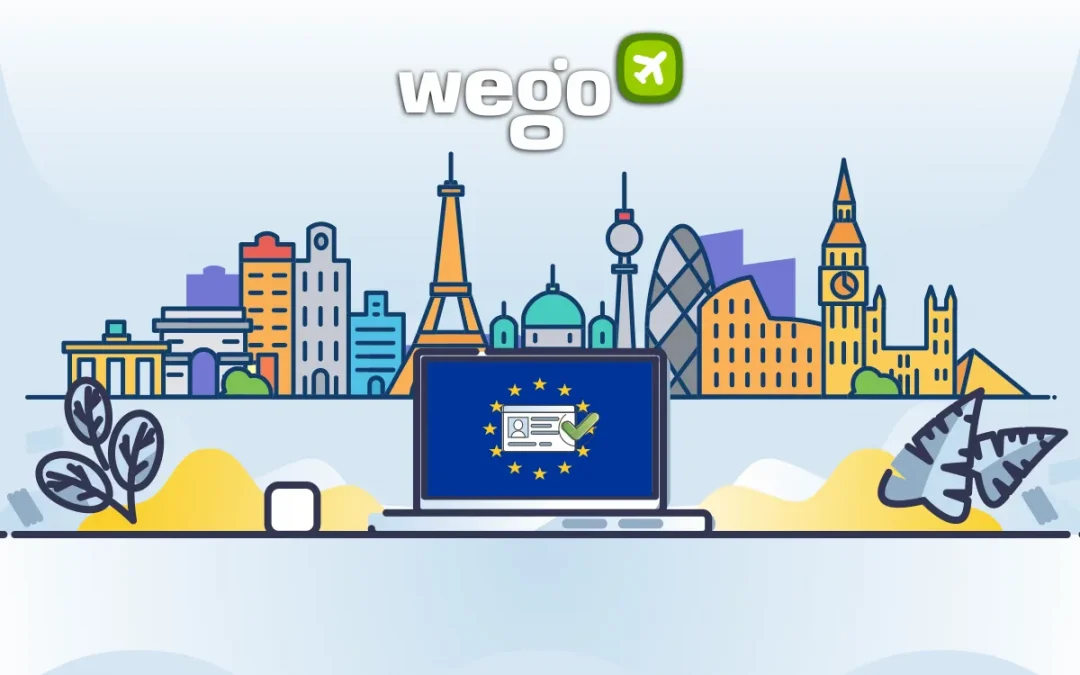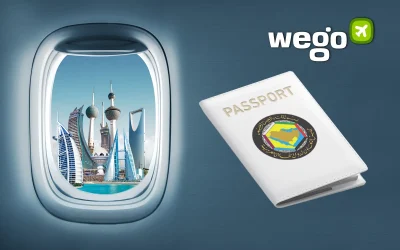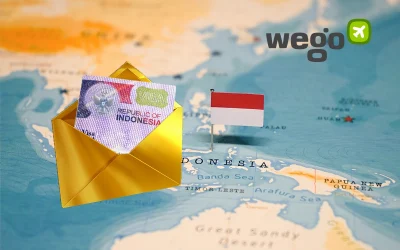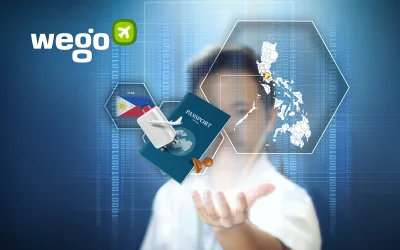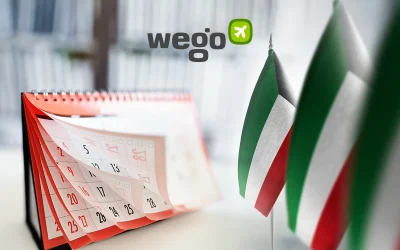This article is reviewed regularly by Wego‘s editorial team to ensure that the content is up to date & accurate.
Updated February 2024
The European Union Council has agreed to digitize the Schengen visa application procedure for all applicants. It has approved a new strategy to digitize the physical Schengen visa application and sticker process.
This means that travelers from outside the Schengen zone can say goodbye to long lines and complicated paperwork, as they can apply for and receive their digital Schengen visa online.
Here is everything we know so far about the digital Schengen visa online application on Wego.
Table of Contents
Digital Schengen visa
In a significant move towards modernizing the visa application process, the European Council has given its approval to new regulations that will allow individuals planning to travel to the Schengen area to apply for visas online, according to a report by Wego.
‼️@Europarl_EN, with @sylvieguillaume at the helm, and @EU2024BE reached an agreement on reforming the Schengen Borders Code to strengthen free movement within the area and clarify rules, particularly ones for health emergencies👇https://t.co/e9N2nG5xWJ
2/2
— LIBE Committee Press (@EP_Justice) February 6, 2024
Fernando Grande-Marlaska Gómez, the acting Spanish Minister for the Interior, hailed the new rules as a major improvement for both citizens and the application process. He stated, “The online application for a Schengen visa will not only simplify the process for travelers but also alleviate the workload on national administrations, enabling them to respond more swiftly and effectively.”
The newly adopted regulations include:
- the establishment of an EU visa application platform. This platform will serve as the primary portal for Schengen visa applications, allowing applicants to input all necessary information, upload electronic copies of travel documents and supporting materials, and pay their visa fees
- a reduction in the requirement for in-person consulate visits. Going forward, in-person appearances will generally only be necessary for first-time applicants, individuals with expired biometric data, and those with new travel documents
- the current visa sticker will be replaced with a cryptographically signed barcode
Digital Schengen visa features
Convenient application process
The Digital Schengen visa system eliminates the need for most applicants to visit an embassy or consulate in person for document submission, application forms, or interviews. In-person appearances are only required for first-time applicants, individuals with invalid biometric data, and those with new travel documents.
Applicants can fill out the application form conveniently online through the system’s website, saving time and effort compared to traditional paper-based applications. Additionally, the system supports multiple languages other than English, ensuring accessibility for individuals with disabilities and those lacking digital literacy.
Enhanced security measures
The Digital Schengen visa is a modern and innovative solution that replaces traditional visa stickers with digitally formatted 2D barcodes. These barcodes are cryptographically signed, providing an added layer of security to prevent forgery and theft of physical visa stickers.
Reduced risk of making errors
The Digital Schengen visa system offers a useful feature that alerts applicants of any mistakes in their application before processing. This feature allows applicants to review and correct their application, ensuring its accuracy and completeness. As a result, errors and mistakes that could lead to visa application rejections or delays are reduced. In case of an applicant visiting multiple countries, the system uses an algorithm to automatically determine the primary country for the visa application.
By notifying applicants of errors or mistakes in their applications, the Digital Schengen visa system helps them complete their applications accurately, increasing their chances of obtaining a visa. Errors or incomplete information in visa applications often lead to rejections, but this feature assists applicants in avoiding such mistakes.
Digital Schengen visa application
EU authorities have confirmed that going forward, Schengen visa online applications will be processed through a single unified platform, and all Schengen visa applications will be made through it.
Documents required
The documents required to submit the application for the Digital Schengen visa are as follows:
- two recent photos meeting visa photo requirements
- valid passport not older than 10 years and valid for at least 3 months beyond the planned departure date from the Schengen area
- round-trip reservation or itinerary, including flight numbers and dates
- travel health insurance policy covering the whole Schengen territory with a minimum coverage of 30,000 euros
- proof of accommodation, such as a hotel booking, rental agreement, or letter of invitation from a host
- proof of financial means, which can be demonstrated with a bank statement, a sponsorship letter accompanied by a sponsor’s bank statement, or a combination of both
- proof of paid visa fee: EUR 80 for adults and EUR 45 for children aged 6 to 12.
Application process
Each applicant should submit:
- a completed application form using the EU application platform
- a declaration of the authenticity, completeness, correctness and reliability of the data submitted
- a declaration of the veracity and reliability of the statements made
Applicants can now apply for a Schengen visa without worrying about which specific country they will be visiting. They simply need to complete the application and submit the required documents, and the platform will determine which country will process the application.
For the first visa application, travelers must visit a biometrics collection center to have their fingerprints and photo taken. However, this only needs to be done once every 59 months (or five years) if applying with the same travel document.
The outcome of the application will be communicated to the applicant via email after it has been processed.
Digital Schengen visa cost
In 2024, the cost of a Schengen visa will increase from €80 to €90 for adults and from €40 to €45 for children.
With the introduction of the new digital platform, intermediaries currently used for visa application processing in many Schengen countries will no longer be necessary. This will save travelers approximately EUR 35 in fees.
Visa fees will be paid through a third-party gateway linked to the online application platform, and payments will be directly transferred to the Member State processing the application.

